Caretaker on a remote Irish island is the latest viral posting to attract thousands of applicants. But whats it like to bag a job in a million?

As another year of environmental turmoil and political upheaval loomed at the start of 2020, thousands of people from Alaska to South Africa turned their sights to the peace and tranquility of Great Blasket, a remote island a mile off the west coast of Ireland. There are no other residents, no electricity, wifi or hot water, but droves of would-be-caretakers were charmed by the idea of looking after a cafe and three cottages there.
The posting, which has so far received more than 23,000 applications, is the latest dream job opportunity to go viral, following vacancies for a barefoot bookseller in the Maldives and a cat sanctuary manager on the Greek island of Syros. But do these dream jobs ever live up to expectations? And what of the one-of-a-kind jobs that never hit the headlines?
We asked some lucky candidates to find out.
Mari Huws and Emyr Glyn Owen, wardens of Ynys Enlli, Wales, UK
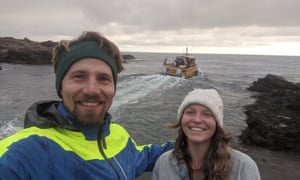
Its somewhat serendipitous that Mari Huws and Emyr Glyn Owen became the new wardens of Ynys Enlli. The couple met on the island on a perfect summer afternoon two years ago, so when they spotted the vacancy to run the place on Facebook, we shared one of those looks between us the looks that speak louder than words. We had to go for it, says Huws. Many people assume that people who want to live on an island are escaping from something, but for us it was more about realising a dream.
The pair quit their jobs, packed up their homes in north Wales and have hit the ground running since arriving in September 2019.
We are responsible for the upkeep of 10 listed buildings that are let out to holidaymakers. Theres always a wall to paint or a ceiling to plaster [and] were also responsible for the gardens, paths, orchard, visitors and volunteers, says Huws. Ive had to get my head around things Ive never had to consider before, like how the water system works and the language of volts and amps and solar panels.
The job involves manual labour: digging drains, building fences, mixing cement and fixing broken tractors. But no matter how tough the work, the pair can always end their day with a walk through the fields and a swim in the Irish Sea at sunset.
There arent many aspects of mainland life that we miss, says Huws. The boatman once told me that the world comes to Enlli and hes right.
Tiffany Danse and Tyler Waterson, keepers of the East Brother Light Station Bed & Breakfast, California, USA

Tiffany Danse and Tyler Waterson had sailed past the three-quarter-acre spit of land that forms East Brother Island in San Francisco Bay many times. They had always thought they would go there one day and then life being funny the way it is, here were are living [on] and running the island, says Danse.
The posting had already gone international by the time the couple applied, but they managed to beat more than 10,000 other applicants to become the new keepers in May 2019.
On a typical day, they wake up around 5.45am to prepare breakfast for 10 guests. Coffee is served at 7am, hot breakfast at 9am. Theres a history talk and demonstration of the antique foghorn equipment before guests are shuttled back to the mainland. Beds are remade, bathrooms cleaned and lunch is hastily eaten before the next guests arrive. Appetisers and sparkling wine are served, followed by a four-course meal, often using herbs and vegetables from the islands garden. Danse and Waterson clock off around 10pm. Its definitely a full-time-plus job, he says.
Even non-guest days are busy with laundry, buying gasoline and groceries, and prepping food. Its easy to allow this to become your whole world, says Danse. To enjoy a proper day off, the pair disappear away from the island, somewhere without cellphone reception. But theyre learning to carve out time for themselves on the island, too.
Well pull out our lawn chairs and look out at the city, maybe have a glass of wine, says Waterson. Its rare that we sit and enjoy it but when we do, its amazing that we have this to ourselves at least for a couple nights a week.
Jada Yuan, New York Times 52 Places traveler 2018
When the New York Times announced it wanted to send a journalist to every location on its list of 52 Places to Go in 2018, a cultural phenomenon ensued. The posting went viral, memes were generated and 13,000 people applied. Jada Yuan, then a staff writer at New York Magazine, was chosen as the lucky writer and soon embarked on a whistlestop tour covering 38 countries over six continents.
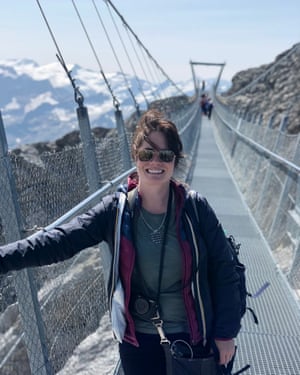
I knew I was going to have to take every moment I could to stop and enjoy it, but I also knew it was going to be a ton of work, says Yuan. As well as pumping out Instagram updates, photographs and a print column each week, Yuan learned last-minute that shed be organising most of the transport and accommodation herself. It wasnt until two days before I left that I realised that would mostly be on me, she says. I was constantly trying to get to the next place but also writing about the previous place.
Despite missing trains in India, running out of money in So Tom and Prncipe, and battling an ever-growing list of articles to file, Yuan found ways to overcome the travel rage and enjoy the small wins.
Sunsets and sunrises were really important [for] making sure youre experiencing something at its most beautiful. Even if you were in a place where you werent having the greatest time, you could always take a pause to watch the sunset, she says. I have flashbacks all the time. Ill just be doing something and it reminds me of a fruit I ate somewhere or a time I was driving in the rain I cant even pinpoint what triggers them but Im grateful for them. None of them are bad.
Craig Stanford, archaeologist of St Kilda, Scotland
There wasnt really an average day on St Kilda, its a pretty wild place, says Craig Stanford who, from April 2017 to November 2019, worked as the National Trust for Scotlands resident archaeologist on the isolated archipelago.
Voluntarily evacuated by St Kildans in 1930, the two-time world heritage site and most remote place in the British Isles is now home to a military base, seasonal conservationists, a million seabirds and some endemic species: the Soay and Boreray sheep, and the St Kilda field mouse.
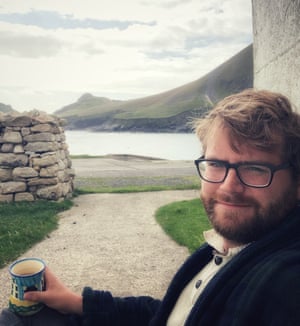
The post is a semi-legendary job in Scottish archaeology, says Stanford, who spent six months each year conserving, promoting and protecting the archipelagos cultural heritage, including some of the 1,260 unique stone huts known as cleitean.
Food is probably the most challenging part of the job you really have to plan it quite carefully, says Stanford. A helicopter will try to deliver food twice a week, but in a place where every hour of your day is defined by nature, the archipelago is impenetrable most of the time. You end up eating some weird things from the back of the cupboard.
And with only an intermittent satellite internet connection, the neo-St Kildan community must make their own fun; whether its a burger night, film night or gathering in the small pub to celebrate a birthday or just a Friday, the social life on the island can be brilliant, says Stanford. I made some extremely good friends [who] I imagine Ill have for the rest of my life.
Karen Aspen, onboard cook, Scotland and the Caribbean
The first time Karen Aspen set foot on a boat, she ended up on an eight-month adventure sailing around the Caribbean. As a temp for an Edinburgh catering company, she was sent to work as the onboard cook for a group of businessmen on a weekend sailing trip around Scotlands west coast.
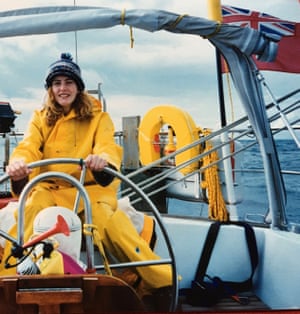
Without a job to return to, she stayed with the 60ft yacht as it travelled down to Portsmouth on Englands south coast, helping out with a two-month renovation before joining its next voyage across the Atlantic. I just said: I could do that, as you do when youre 19, laughs Aspen. Once in Antigua, she cooked for wealthy tourists who chartered the yacht before it was hired by the Canadian film-maker Gregory Colbert to track sperm whales for his film Ashes and Snow.
I was one of those girls who had dolphins on her pencil case, says Aspen. She never thought shed see a whale or dolphin in real life, let alone learn to listen out for them on a hydrophone or have a job where you could walk up on deck and thered be a whale 10 feet from you.
And despite the complete lack of time off or personal space out on the water, she returned to the Caribbean several times after her spontaneous adventure to continue work on the film.
It was a real turning point for me in my life, says Aspen. I was meeting all these people who were following their passions and doing what they really wanted with their lives … its something I would aspire to do to live life on my own terms.
This article contains affiliate links, which means we may earn a small commission if a reader clicks through and makes a purchase. All our journalism is independent and is in no way influenced by any advertiser or commercial initiative. By clicking on an affiliate link, you accept that third-party cookies will be set. More information.
Read more: https://www.theguardian.com/lifeandstyle/2020/jan/29/dream-job-what-happened-next

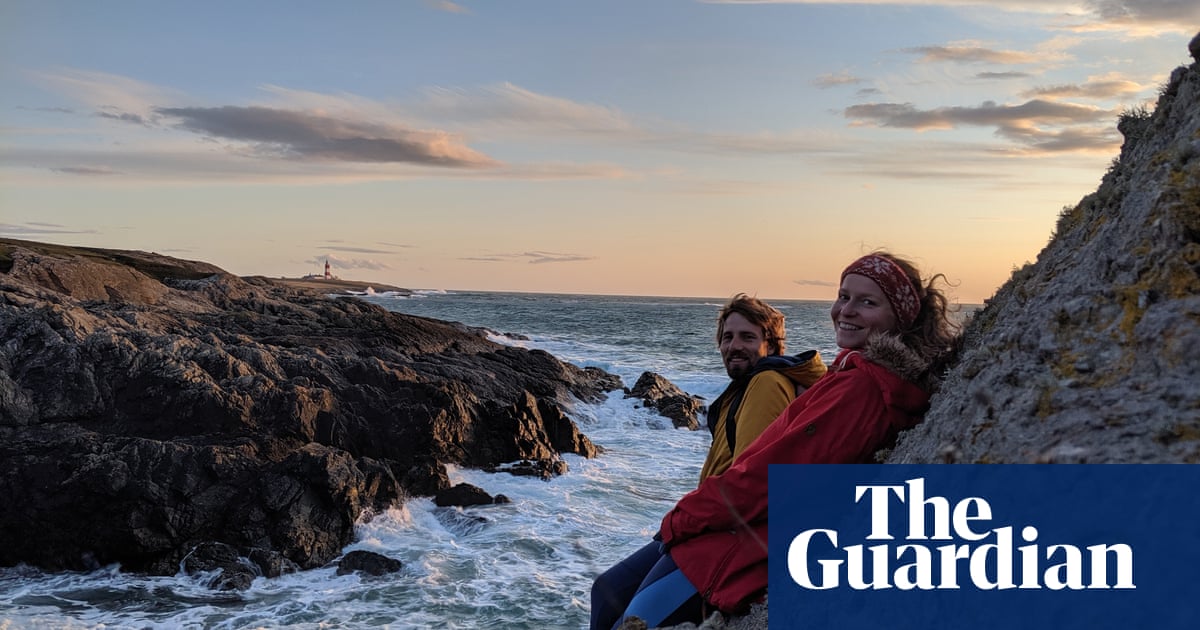
Recent Comments